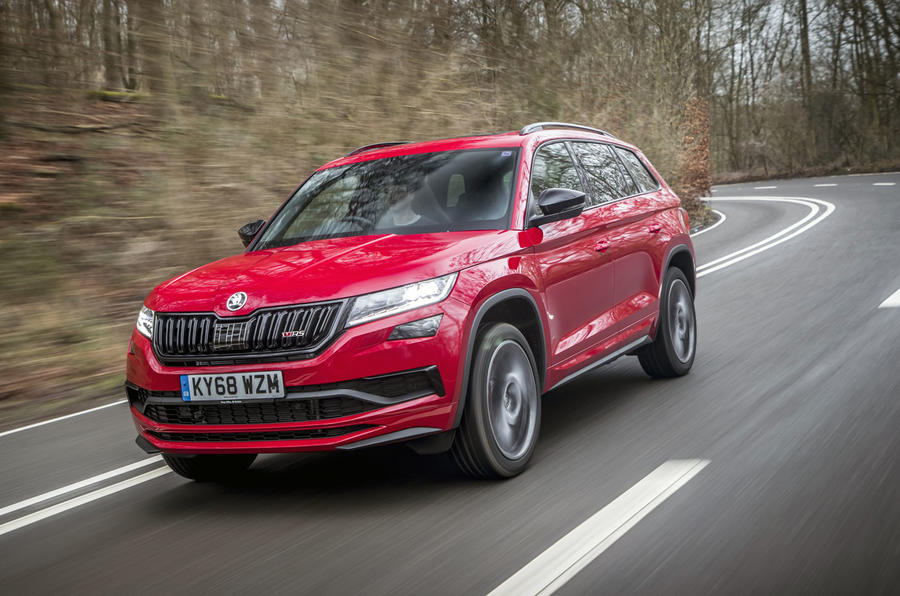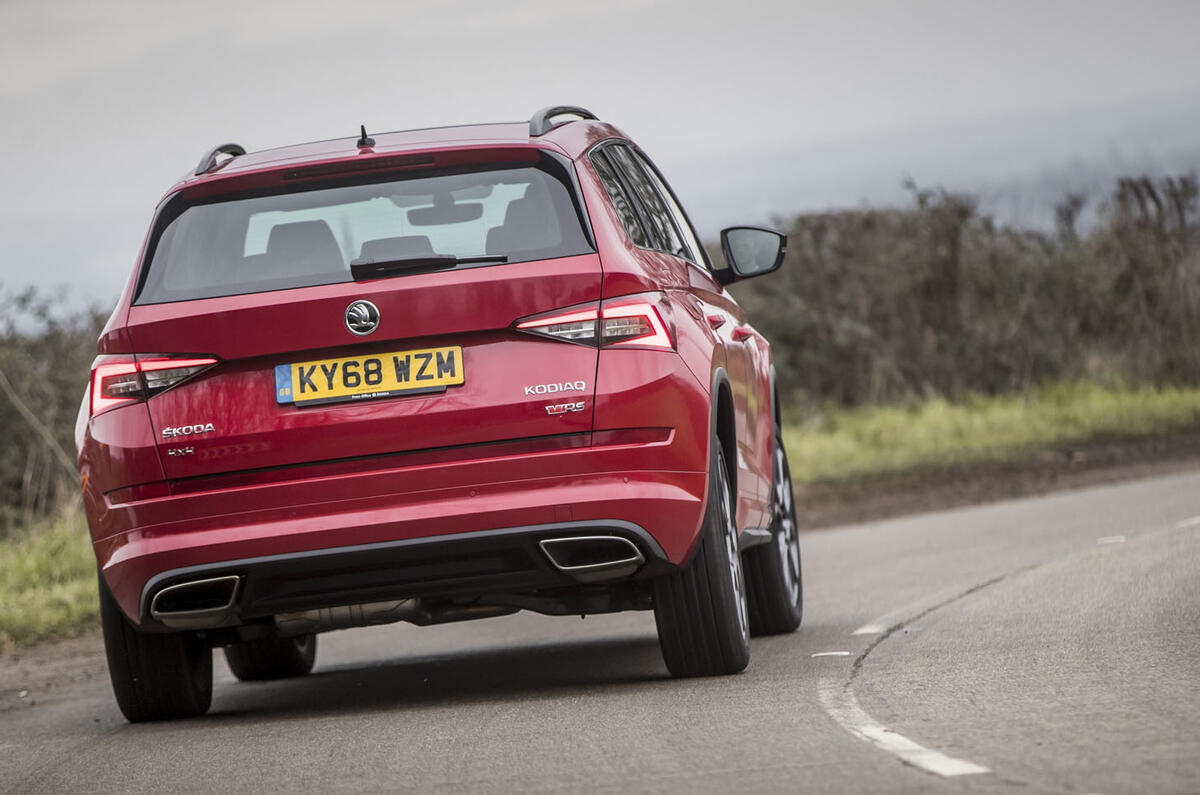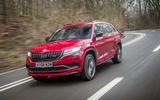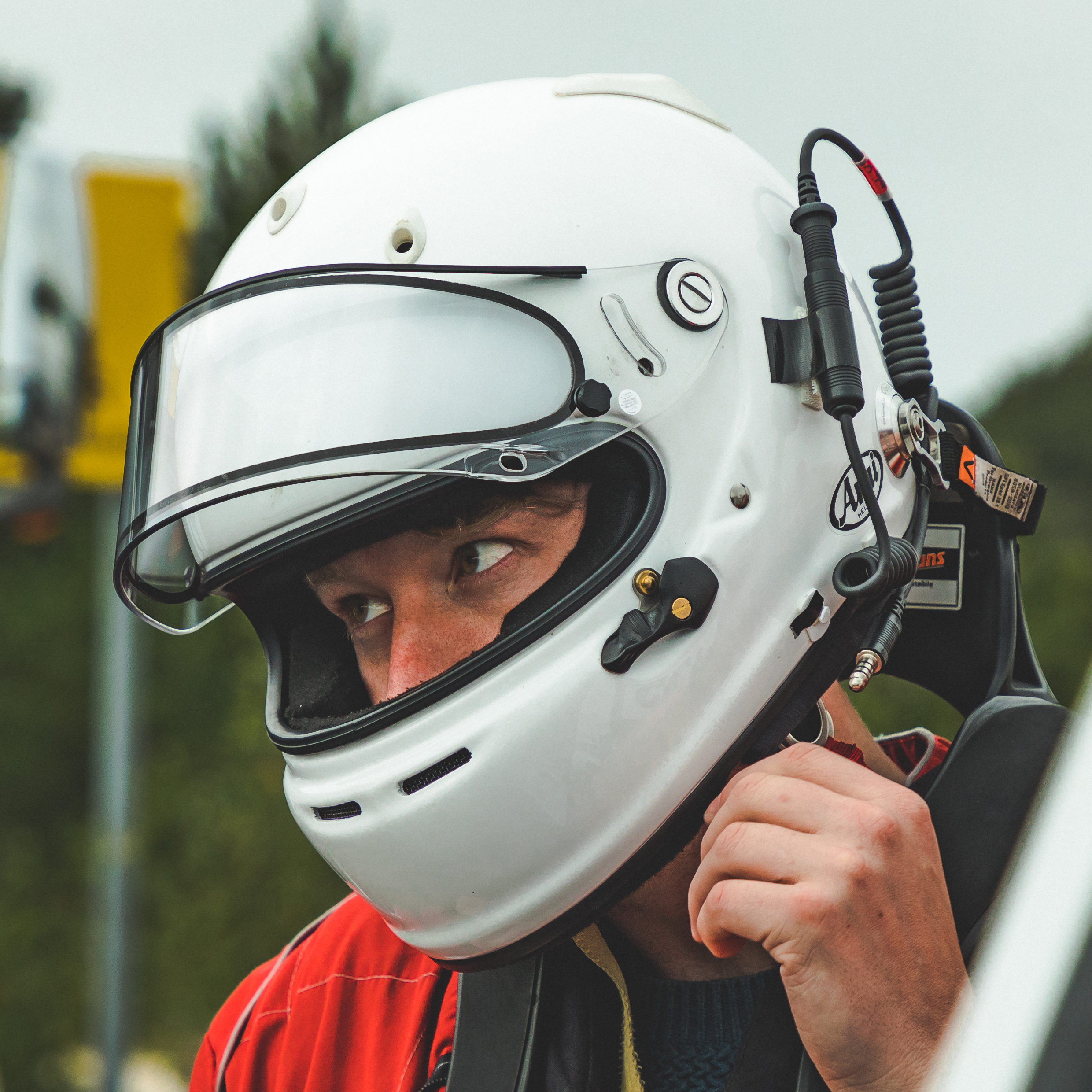This is nothing less than a Nürburgring Nordschleife record holder, and one we've driven before, albeit in Spain.
Indeed, there's no quicker seven-seater SUV around the circuit’s 160 corners than the Kodiaq vRS, at least according to Skoda. In this respect, it joins the Porsche 911 GT2 RS, Jaguar XE SV Project 8 and Lamborghini Aventador SVJ in being the cream of its particular crop.
But don’t get too excited. You have to wonder how many comparable cars have even been timed, and a lap time of 9min 29.84sec is quick but hardly fast. This may be the most powerful diesel engine ever fitted to a Skoda, but 237bhp and 369lb ft still has to overcome 1880kg, and no amount of engineering is going to rein in such a high centre of gravity.
How does the vRS stand out from the standard Kodiaq?
Cut through the marketing and there's potentially a lot to like about this car. In fact, lesser models in the Skoda Kodiaq range are tremendously likeable, because they take such an unpretentious approach compared with most mid-size SUVs. Their handling is assured, while their interiors are spacious and, thanks to Volkswagen Group hand-me-downs, contemporary enough in technological terms. The chiselled exterior design is also confidently understated, and the cars are good value for money.
Admittedly, the vRS goes against that grain in several ways. It starts with the 20in 'Extreme’ alloys, which with an anthracite finish wouldn’t look amiss on the SVJ. The front grille, window frames, wing mirrors and roof rails are then finished in gloss black, and along with big-bore dual exhaust tips, there's red vRS badging on the nose and rump. In Velvet Red metallic paint, the overall effect isn’t subtle.



























































